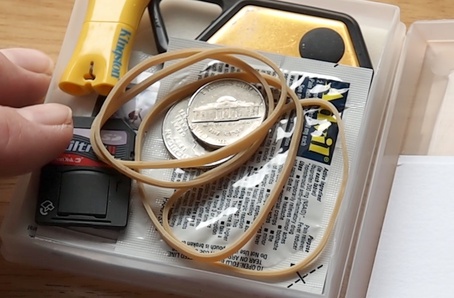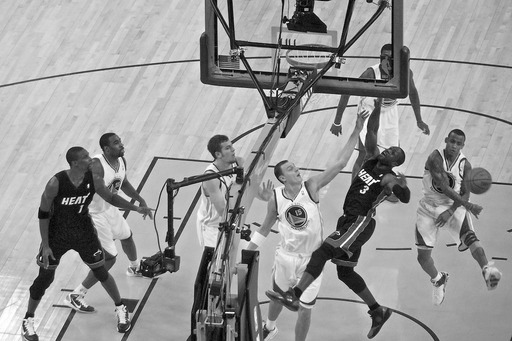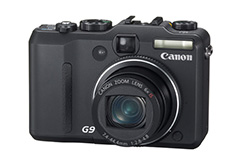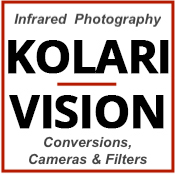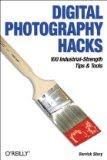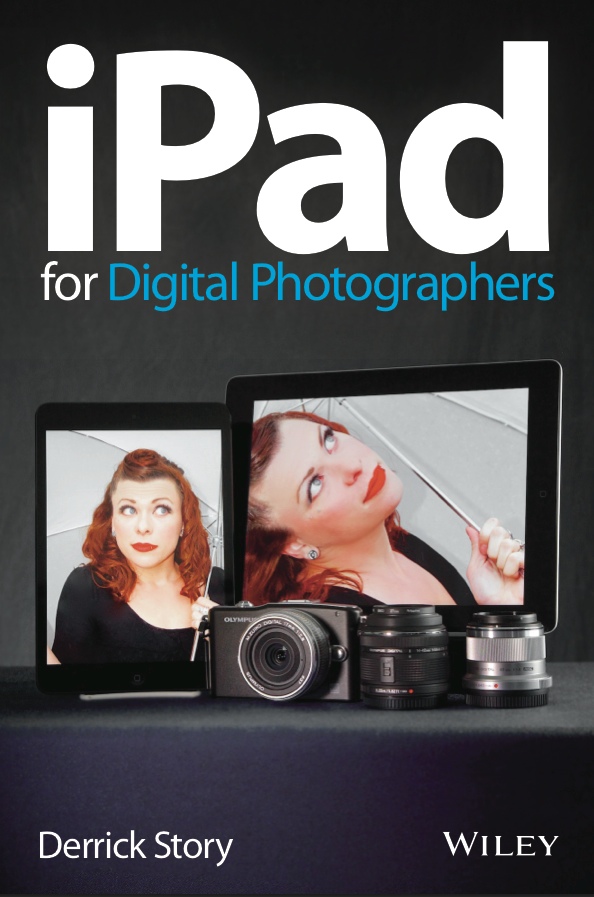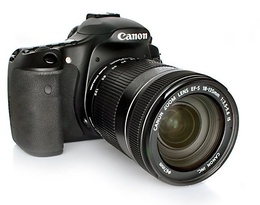
Macworld Magazine published my formal review of the Canon EOS 60D with lab results. For those of you who heard my preliminary remarks on podcast 251, you know that I've enjoyed testing and learning about this latest DSLR from Canon.
In the Macworld review, I spend a fair amount of time covering what I call its "notable features," such as in-camera Raw processing and the articulated LCD. You might want to check out that list if you're considering the 60D. In short, however, my pros and cons are:
Pros
- Vari Angle LCD
- Wireless flash control built in
- Excellent movie recording with external mic jack and audio control
- In-camera raw processing and image resizing
- Extensive software bundle included
- Good battery performance
- Excellent image quality, even at higher ISO settings
Cons

